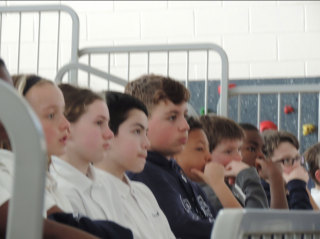STEM Blog
Ready to Launch!
Last week St Louis School held a STEM Challenge Morning, where each classroom took part in a hands-on exercise to encourage critical thinking, collaboration, creativity and communication.
Mrs. Yuska’s homeroom was challenged to design a launch pad that would be effective for the launch of chemically-powered rockets made from empty two-liter soda bottles.
Teams of Seventh Grade rocket engineers used the school’s field as a launch area and tested various designs to experimentally determine the best one. Mrs. Yuska and Mrs. Whiteford culminated the event with the launch of an unmodified “control” rocket that actually achieved the highest altitude.
The bottle rockets were powered by combining baking soda (sodium bicarbonate, NaHCO3) and vinegar (acetic acid, CH3COOH), forming an energetic acid/base reaction. This results in carbonic acid, which quickly breaks down into water and carbon dioxide (CO2), along with sodium acetate. The buildup of CO2 creates pressure inside the bottle and eventually pushes the cork out of the bottle top.
Students learned the practical application of Newton’s Third Law of Motion, which states that for every action there is an equal and opposite reaction. After the cork is ejected, the CO2 accelerates out of the bottom of the rocket, pushing the rocket upwards with great speed! #BeaKnight#STEMatSLS Archdiocese of Baltimore Catholic Schools
Whoo...was for dinner?
Mrs. Riggin’s Fifth Grade ecologists have been busy learning about ecosystems, food webs and food chains. Today in Science Lab they investigated what owls eat by dissecting owl pellets. They learned that owls swallow their prey whole, absorbing the nutrients but not the inedible components including bones, feathers, fur, etc. Owl stomachs produce these pellets of indigestible parts, which are then regurgitated. Students dissected the pellets and matched the bones to a chart of various small animal bones. Some students even found entire skulls in their pellets!
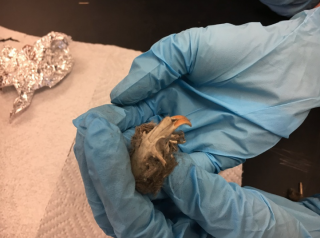 ,
, 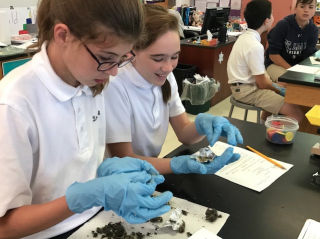 ,
, 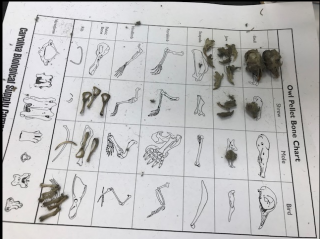 ,
, 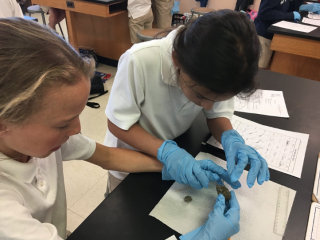
Printing from the Heart
3D printing continues to positively impact the world, helping to create affordable prosthetics and advanced designs in manufacturing, promoting coral reef growth, preserving archeological artifacts and much more. As part of our continuing STEM curriculum, Mrs. Phelp’s First Grade Computer Class was challenged to design and 3D print a Mother’s Day charm. The students were introduced to 3D printing technology and had the opportunity to examine a real-life example of a replacement part printed for a camera tripod. Mrs. Phelps discussed the use of 3D printing by the Arkansas Archeological Survey, which is part of the University of Arkansas system. The students had the opportunity to touch and hold one of the 3D printed artifacts from a file sent to us from the Arkansas Archeological Survey. We would like to thank the @ArkansasArcheologicalSurvey for sharing their work with our students to inspire their curiosity and learning. To learn more about the Arkansas Archeological Survey, visit https://archeology.uark.edu/3d/ The students designed their charms with pencil and paper then proceeded to recreate their designs on the computer using a software program called Pixie. The resulting files were processed through Dremel 3D slicer software, printed and proudly worn by the students to demonstrate their gift to their moms.
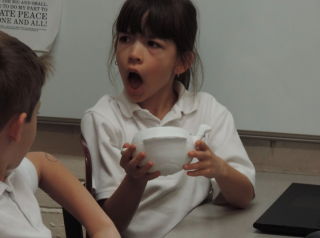 ,
, 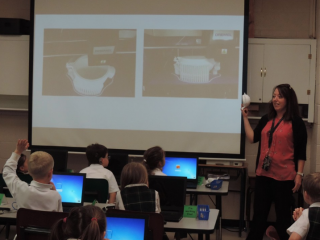 ,
, 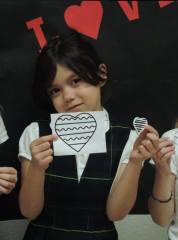 ,
, 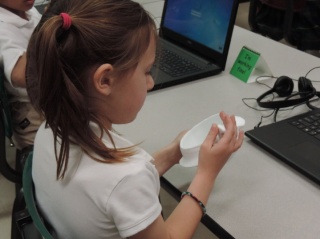
Robotics at SLS!
In five short years, the St. Louis School Robotics program has blossomed into four award-winning FIRST Robotics Competition First LEGO League (FLL) teams and one MATE ROV Competition Marine Advanced Technology Education (MATE) team, with passionate members empowered by committed parents and mentors. We want to recognize and celebrate these students for their hard work and their commitment to STEM education. STEM education promotes discovery, exploration, higher-level thinking, logical reasoning, collaboration and problem-solving, both inside and outside the classroom. A huge thank you to our parent coaches and mentors for providing these opportunities. We look forward to another remarkable robotics season at SLS next school year. #BeaKnight#STEMatSLS Archdiocese of Baltimore Catholic Schools
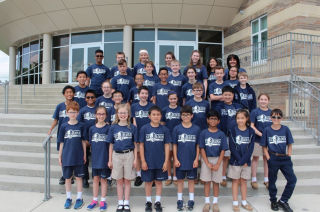
Project Birdman
Why do birds have so many kinds of beaks? “Have you ever noticed that different species of birds have different shaped beaks? You would expect birds that live in the same habitat
to eat the same food sources. However, to avoid competition with each other, birds have had to adapt over time to fill different niches within the habitat. One of those adaptations is the shape of the bird’s beak, which is used to gather and eat food.” (Project Birdman - Kesler Science.com)
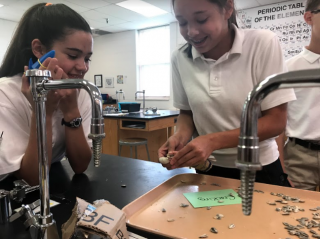 ,
, 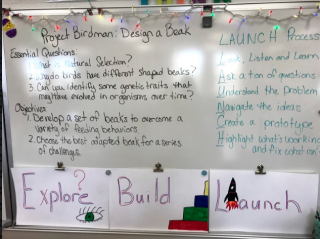 ,
, 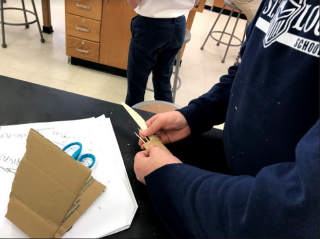 ,
, 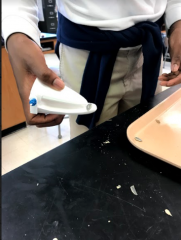 ,
, 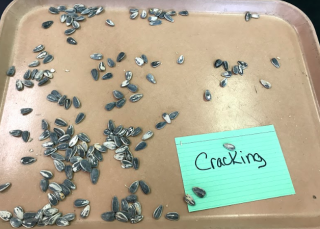 ,
, 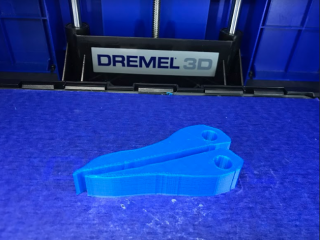 ,
, 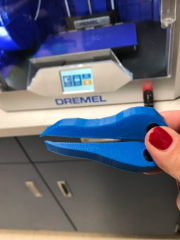 ,
, 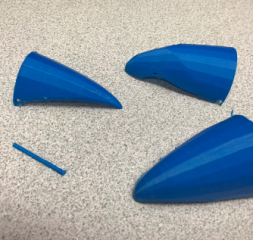
Pete the Cat STEM
Our PK students just finished reading "Pete the Cat - I Love my White Shoes", in which Pete gets into all sorts of messes turning his shoes anything but white. Utilizing the four "C's" of STEM: creativity, collaboration, critical thinking, and communication, the students had a blast figuring out ways to help Pete keep his shoes white. They brainstormed to build different bridges and structures in order for Pete to cross over the strawberries, blueberries, mud, and water he encountered along his way. Brilliant!
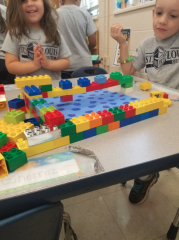 ,
, 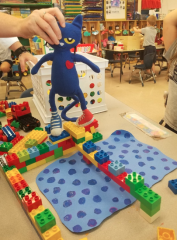 ,
, 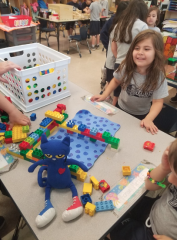 ,
, 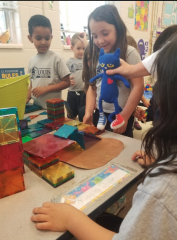
Piloting to Success!
Today the St. Louis School AquaKnights won Second Place for Robot Demonstration and Third Place for Product Presentation at the Marine Advanced Technology Education (MATE) competition held at Villanova University. The AquaKnights were the youngest team to compete and faced off against 28 other teams from Ohio, New Jersey, Pennsylvania, Maryland, DC, New York and Ontario, Canada.
Over the past school year the team designed, built and tested an underwater remotely operated vehicle (ROV) and today was the culmination of that effort.
"The MATE competition requires students to think of themselves as entrepreneurs and transform their teams into companies that manufacture, market, and sell products. In addition to engineering their ROVs, the students are required to prepare technical reports, poster displays, and engineering presentations that are delivered to working professionals who serve as competition judges."
To learn more about the MATE ROV competition, visit https://www.marinetech.org/home/
We would like to thank the coaches, Chuck Kerechanin and Angela Fatula, for their gift of time and talent to make this possible and the Romano family for providing a pool for testing. We would also like to thank the AquaKnight parents for their enthusiastic support of the team. The St. Louis community is proud of their hard work, dedication and ultimate success! #BeaKnight #STEMatSLS
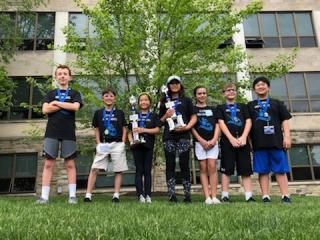 ,
, 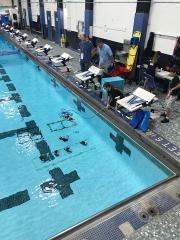 ,
, 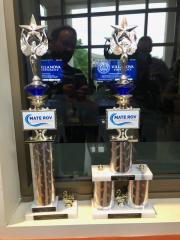 ,
, 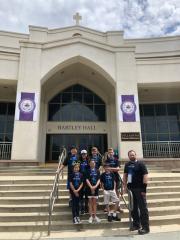 ,
, 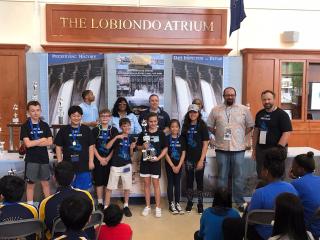
Science and Snacks
Can you walk on eggs? The winners of Mrs. Cabrera’s and Ms. Fries’ “Science and Snacks” teacher attraction had an opportunity to find out last week. The students spent the afternoon exploring Chemistry and Physics topics like magnetism, force, surface tension, pressure, force, through engaging science experiments. They had a great time with all the experiments but the Egg Walk Challenge may have been a favorite! A huge thank you to Mrs. Cabrera and Ms. Fries for the opportunity to engage in science fun! #BeaKnight #STEMatSLS
 ,
,  ,
,  ,
, 
Shakespeare STEM!
"But soft, what light through yonder window breaks? It is the east, and Juliet is the sun." Students in Mrs. Nugent’s 8th grade LA class were recently challenged to use nothing but 200 popsicle sticks, glue, and Barbie dolls to recreate the famous balcony scene from William Shakespeare’s Romeo and Juliet. After researching the construction of famous bridges around the world and learning about the ways in which they are designed to meet load, stress, and aesthetic challenges, students worked together as teams of engineers to design and build their balconies. They then tested the integrity of their balconies using 20+ pounds of weight and Barbie dolls representing Romeo and Juliet while reciting lines from the play to reenact the scene. In the balcony scene, the audience understands for the first time how strong the love is between these two characters. Were our popsicle stick balconies as strong as their love for one another? Check out the pictures below to find out! #STEMatSLS
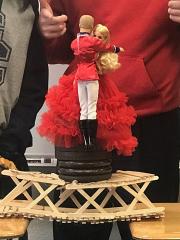 ,
, 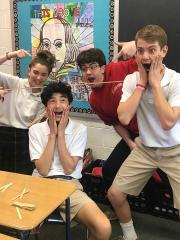 ,
, 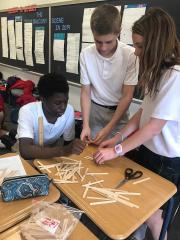 ,
, 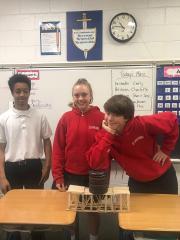 ,
, 
3D Duck
The St. Louis School Third Graders are excited to be part of this global collaborative project to construct the world's largest 3d printed duck! #STEMatSLS Archdiocese of Baltimore Catholic Schools
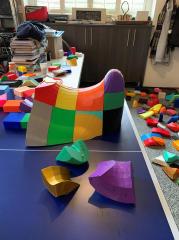 ,
, 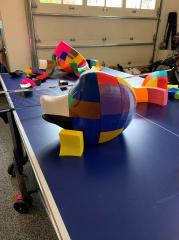
Time to Swim!
The Aqua Knights took advantage of this week’s warm spring temperatures to put their remotely operated vehicle (ROV) to the test in an outdoor pool. They are preparing for the Marine Advanced Technology Education (MATE) competition, scheduled to take place at Villanova University on May 11th. For the third year in a row, the team has been busy building an underwater robot, installing cameras, and testing its “drivability”. This week, the team members gathered by the pool to put the robot to the test. They tested out some of the missions and adjusted the buoyancy of the robot to allow it to complete them successfully. There is still a lot of work to be done but the team members and coaches are excited and will be ready for the competition. Stay tuned for updates on their progress. #SLSSTEM #RiseAbove #AOBCatholicSchools To learn more about the MATE competition, visit https://www.marinetech.org/rov-competition-2/
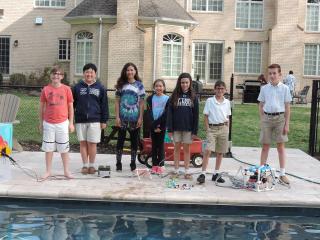 ,
, 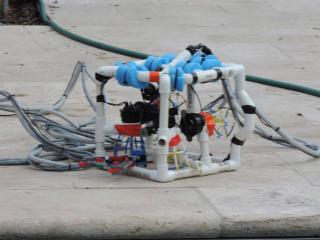 ,
, 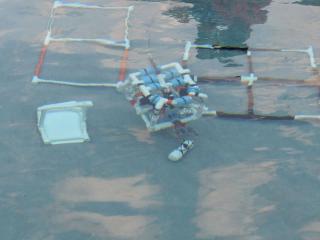
America Needs Engineers!
As part of St Louis School’s continuing STEM Speaker Series, today students in Grades 5 through 8 had the opportunity to hear from Dr. Damon Bradley, a scientist with the National Aeronautics and Space Administration (NASA). Dr. Bradley discussed his work on planetary probes, computer software for signal processing and explained the four mission areas of NASA (heliophysics, astrophysics, planetary and lunar science and earth science). He encouraged the students to pay attention in class, take their studies seriously and to always ask questions about how things work. His hope is that more students will take the plunge into STEM and ultimately become engineers, to help fill the rapidly growing need for technologically-capable individuals in government agencies and private industry. We would like to thank Dr. Bradley for taking the time out of his day to speak with us and to the USA Science and Engineering Festival for connecting us through the Nifty Fifty program.@USAScienceFest
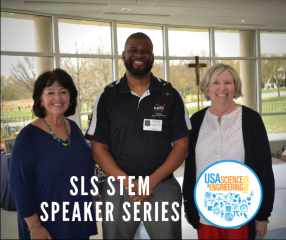 ,
,  ,
, 